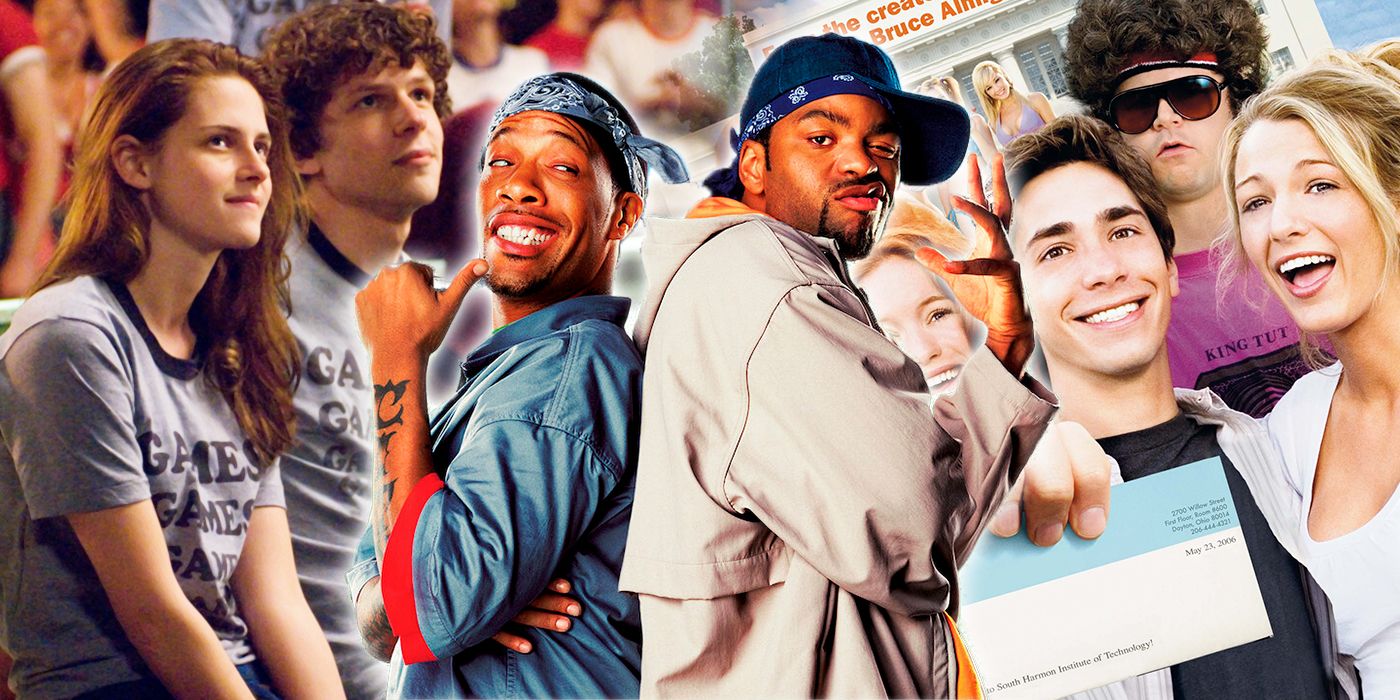Exploring the Future Landscape of Beloved Movie Genres
As we navigate the ever-evolving landscape of entertainment, the future of movies unfolds with tantalizing possibilities. The preferences of audiences, shaped by technological advancements, societal shifts, and creative innovations, pave the way for new and exciting genres to capture the collective imagination. This exploration delves into the potential movie genres that might captivate audiences in the future, offering a glimpse into the cinematic horizons that await.

Virtual Reality Cinemas: Immersive Experiences Beyond Reality
The advent of virtual reality (VR) technology opens doors to entirely new cinematic experiences. Future audiences may find themselves drawn to movies that transcend traditional storytelling, allowing them to step into immersive virtual worlds. Whether exploring fantastical realms or reliving historical events, VR cinemas could revolutionize the way stories are told and experienced.
Interactive Narratives: A Cinematic Choose-Your-Adventure
The concept of interactive storytelling has been gaining traction, and the future may see a surge in movies where audiences actively shape the narrative. Viewers could influence plot developments, make critical decisions for characters, and determine the outcome of the story. This personalized engagement adds a layer of interactivity that transcends the passive viewing experience, fostering a deeper connection between the audience and the narrative.
Genre Fusion: Blurring the Lines for Unique Narratives
Sci-Fi Noir, Fantasy Comedy: Embracing Hybrid Narratives
The future of movie genres might witness a trend towards hybrid narratives that blend multiple genres seamlessly. Imagine a science fiction film infused with noir elements or a fantasy story interwoven with comedic undertones. Genre fusion allows filmmakers to break traditional molds, offering audiences unique and unexpected storytelling experiences that defy categorization.
Cinematic Multiverses: Expanding Narrative Realms
The concept of cinematic universes has already gained prominence, with interconnected stories and characters spanning multiple films. Looking ahead, the idea of multiverses within movies could take center stage. Audiences may witness intricate narratives where characters traverse different dimensions, timelines, or realities, creating a tapestry of interconnected stories that enrich the overall cinematic experience.
Emerging Technologies: Shaping Cinematic Aesthetics
AI-Generated Storytelling: Collaborating with Algorithms
Artificial intelligence (AI) could play a significant role in shaping the narratives of future movies. Algorithms may analyze audience preferences, cultural trends, and historical data to generate compelling storylines. This collaborative approach between human creativity and AI ingenuity could give rise to movies that resonate with audiences on a deeply personalized level.
Holographic Cinematography: 3D Beyond the Screen
The integration of holographic technology could redefine the visual aesthetics of movies. Future audiences might experience cinematic narratives that extend beyond the confines of traditional screens. Three-dimensional holographic projections could immerse viewers in dynamic and visually stunning storytelling, pushing the boundaries of what is currently possible in conventional cinema.
Social Commentary: Cinematic Reflections of Society
Dystopian Realities and Utopian Dreams: Socio-Political Narratives
As societal dynamics continue to evolve, movies may serve as poignant reflections of the collective consciousness. Dystopian narratives could explore cautionary tales of potential futures, addressing pressing socio-political issues. Conversely, utopian visions might offer hopeful perspectives, envisioning societies that have overcome current challenges and embraced positive change.
Cultural Diversity and Representation: Amplifying Voices
The future of cinema may witness a continued push for cultural diversity and authentic representation. Audiences are likely to gravitate towards movies that amplify underrepresented voices, celebrate diverse cultures, and tell stories that resonate with a global audience. This shift towards inclusivity could redefine the cinematic landscape, fostering a richer and more inclusive tapestry of narratives.
Environmental Themes: Cinematic Conservation Narratives
Ecological Allegories: Movies as Agents of Change
As environmental consciousness grows, movies may emerge as powerful vehicles for ecological awareness. Cinematic narratives could delve into allegorical tales that explore humanity’s relationship with the environment, addressing pressing issues such as climate change, conservation, and sustainability. These movies could inspire audiences to reflect on their ecological footprint and advocate for positive environmental change.
Post-Apocalyptic Visions: Imagining Sustainable Futures
Post-apocalyptic genres may take on new dimensions, envisioning worlds where humanity has embraced sustainable practices in the aftermath of environmental crises. These narratives could serve as both cautionary tales and sources of inspiration, encouraging viewers to consider the impact of their choices on the planet’s future.
Conclusion: The Cinematic Tapestry Unfurls
As we peer into the future of movie genres, the possibilities are as vast as the imaginations of filmmakers and audiences alike. Whether immersed in virtual reality, shaping interactive narratives, or exploring the depths of genre fusion, the cinematic tapestry continues to unfurl with creativity and innovation. The future promises a kaleidoscope of storytelling that reflects the diverse, ever-changing nature of the human experience, inviting audiences to embark on thrilling journeys beyond the boundaries of traditional cinema.




